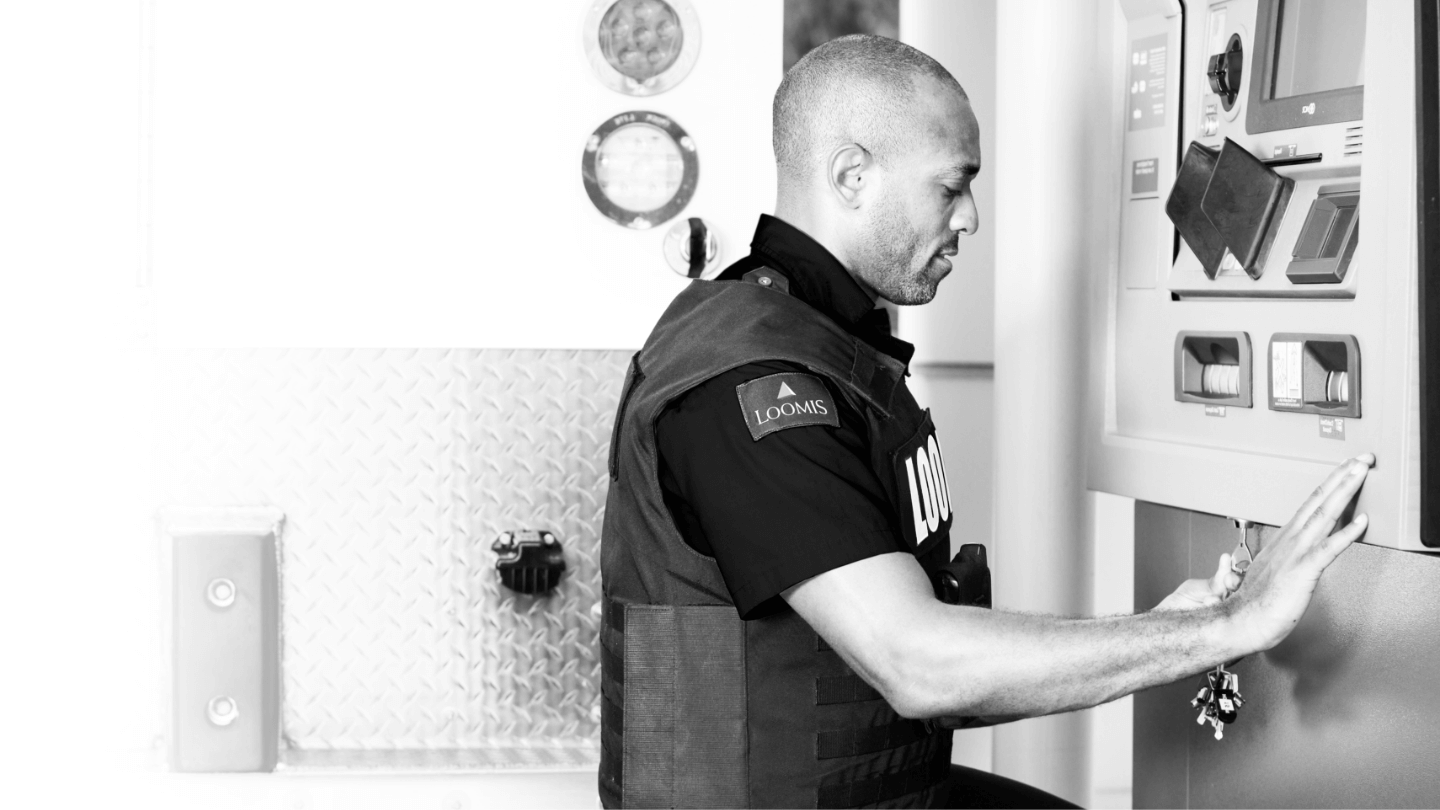Conducting a Cash Study: Guidelines for Doing It Yourself

If you believe the old adage “There is zero profit in counting your cash,” we’ve got news for you. It’s categorically the opposite. To have real control over your business, you need to understand every aspect of managing your cash, down to the last nickel. You just might need to count it in a smarter way. In this article we’ll show you how to analyze your cash handling procedures, identify best practices, uncover opportunities for improvement, and discover the true cost for managing your cash.
WHAT IS A CASH STUDY
A cash study determines how much money you’re spending to count cash in your retail or restaurant locations. Fundamentally, the process involves nothing more than observing, timing, and documenting the handing of cash within your operation. We recommend tracking tasks observed in a spreadsheet, logging their frequency, duration, and the labor cost of conducting the tasks.
TOOLS
You can successfully navigate a cash study with two simple tools: a stop clock and a note pad. NOTE: If your retail store(s) or restaurant(s) have CCTV, they’re likely aimed at locations where cash is accepted, secured, and moved. You can use time stamps on the recordings to measure the duration of these tasks.
BEFORE YOU BEGIN
Before you undertake a cash study, you should establish two things first.
1. Revisit cash procedures documented in your operations manual.
Ultimately your cash study will reveal the level of adherence to documented processes. You may find that those who “do” the tasks often find “cheats” to make tasks faster and more efficient, and they end up implementing undocumented steps. Questions to ask include:
- Have you changed processes since they were last updated?
- Have you added technology that hasn’t been reflected in the procedures?
- Do those deviations work? In other words, do the ends justify the means?
2. Know your true labor costs.
You should know the hourly value of the positions handling the money. Determining that means you should ask:
- What is the “fully loaded” cost for this employee’s time — including benefits and the cost to train and replace said employee?
- What is the cost for a “salaried” employee’s time? “They’re here regardless” doesn’t account for the reallocation of their value elsewhere in the business.
In our experience, any perceived labor savings are really a reallocation of existing labor costs. For example, instead of counting that $20 bill multiple times before it’s deposited, team members (typically managers) could instead be interfacing with staff, upselling a customer, or assuring product is stocked and facilities are impeccable — all activities that benefit your business far more.
ROAD MAP
A cash study can be summed up in one phrase: Follow the money. Essentially, you track the cash from a customer’s hands to the cashier to every subsequent touch point in your cash environment. Each point can be measured and documented, using your stopwatch and notepad.
At the Till
Transitioning the note(s) from the register drawer to the deposit bag can take several steps. You need to determine how much time is used at each step.
- How is the cash secured during drawer reconciliation? Are there counts done and then verified by another person?
- Does the associate starting a shift verify the content?
- Does somebody else verify their verification?
- NOTE: You can observe one or two occurrences of starting/ending shifts and multiply the time based on the number of tills you have per day.
By the Bag
Daily deposit prep is highly scrutinized. Point of Sale (POS) reconciliation checks the accuracy of expected deposit amounts. Bank reconciliation does the same to the actual deposit. This responsibility is stressful, fraught with anxiety, and in many environments done twice to assure accuracy. To the Bank Delivery of the deposit to the bank likewise needs to be measured — from how much time it takes to mileage/delivery costs to the impact to your cashflow.
- Do you drive/walk the deposit to the bank?
- Do you reimburse for mileage?
- Is that person “on the clock” while executing this task?
- Do your procedures mandate an escort?
- If you use an armored car service, what are those fees?
- Are you missing out on operating funds or earned interest waiting for the credit to post?
BEYOND THE STORE
If you have multiple retail stores or restaurants, you likely use a centralized accounting/reconciliation process, which may be difficult to measure directly since these associates often multi-task. Instead, you can ask:
- What are their pain points in the reconciliation process?
- What would make them more efficient?
- How might in-store processes affect their daily cash operations tasks?
THE COST OF ERRORS
Deposit errors often have a considerable ripple effect based on the size of the error. Your bank is going to charge you to make an adjustment and you need to account for the costs.
- How often do errors happen?
- Is there an internal investigation within the organization?
- Who is involved?
- How much of their time is occupied per incident?
CONCLUSION
Depending on your business, your cash study may be relatively simple or complex to conduct. Automation of the cash management process, with smart safes or cash recyclers, can positively impact your findings. Loomis routinely partners with customers and potential clients in support of these efforts. We would welcome the opportunity to review how to undertake a cash study with your team at your convenience.
Find out how we can help with your cash management.
Contact Us